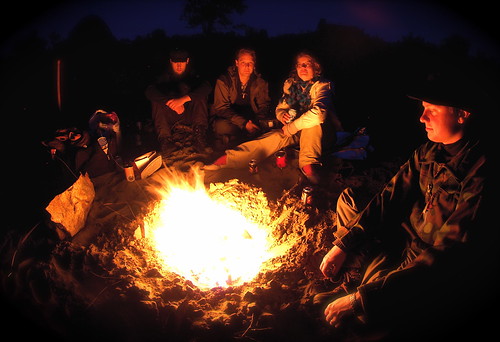The following article is a piece I wrote for Monmouthshire County Council‘s internal staff e-zine and republished here with the permission of Helen Reynolds. I thought I would share it beyond those original walls as I have had comments that suggested the piece would be useful to other public servants trying to make sense of the value of engaging with social media.
Esko Reinikainen
“I am Spartacus!
If we are to believe Daily Mail commentator Quentin Letts, public servants ought to be faceless automatons. As the privileged recipients of the public coin, we should be expected to function as efficient machines, have no personality, and demonstrate no human emotion. Mr Letts took it upon himself to crucify a Department of Transport employee, Sarah Baskerville, for the heinous crime of demonstrating via her Twitter feed that she is a human, with a personality, and in her own time likes to relax and have a drink. Following this ordeal, a chorus of support from public servants across the UK invaded the social media sphere with labels like #welovebaskers and #iamspartacus.
I spent some time with Sarah Baskerville recently, and I can report that she is a fiercely intelligent woman, a valuable asset to any public organisation, very fun company, and a thoroughly decent human. And that last point is the key, her crime was to reveal that public servants are also real humans, with all that entails.
Now consider the default perception of ‘the council’ by citizens. It is often negative, and we regularly have to overcome some false assumptions or lack of trust before we can engage in constructive dialogue with citizens. Why is that? Is it maybe that we have subconsciously projected ourselves as the faceless automatons Mr Letts requires us to be, just because our wages come out of the public purse? And why am I banging on about this in the social media edition of Team Spirit?
First off, if you are still one of those people who dismiss social media on principle, then you can count yourself among those who, in the 1960’s with the phone, and in the 90’s with email, failed to recognise that what could have passed as a fad has in fact become completely mainstream. The consequences of not accepting that a communications shift has already happened are a potentially crippling competitive disadvantage. It’s also why your kids look at you funny.
The thing with social media is that it is a very human medium. It requires honesty, dialogue, openness; all these things come naturally to us among our social peers, yet are not how most people would characterise relationships between ‘the council’ and citizens. Culturally we face a big challenge, because what social media asks is for us to reframe how we project our personality. As individuals and as an organisation. Or in other words, it has created an expectation that when we promote one of our corporate values as ‘openness’, we will truly live that value. And we will engage with people on the platforms of their choosing, in a manner expected and defined by those contexts.
We are public servants, and the public now has choice. If they don’t get value from a controlled broadcast channel, they will go somewhere else to have the discussions we have a duty to be involved with. And if we can’t engage as an organisation of open and honest humans, it won’t be long before we have to question our relevance… “

